Table of content
Introduction
In the realm of natural remedies and refreshing beverages, coconut milk and aloe vera stand out prominently. Both offer a myriad of health benefits, ranging from skin nourishment to immune system boosting. Coconut milk, derived from the grated flesh of mature coconuts, is rich in fats, proteins, and essential minerals. It serves as a base for numerous culinary delights and is also cherished for its creamy texture and subtle sweetness. On the other hand, aloe vera, a succulent plant species, boasts gel that is packed with antioxidants, vitamins, and enzymes beneficial for soothing skin irritations and promoting digestion.
Given their numerous advantages, it is crucial to know how to preserve coconut milk and aloe vera effectively to retain their freshness and nutritional value. While commercial products often come with preservatives to extend their shelf life, homemade or freshly extracted versions require careful handling to prevent spoilage. This article delves into simple yet effective preservation techniques for both coconut milk and aloe vera, ensuring that you can enjoy their benefits for as long as possible.
Preserving Coconut Milk: A Step-by-Step Guide
Fresh Extraction
The first step in preserving coconut milk is to ensure it is freshly extracted. Start by selecting ripe coconuts that have a brown, husk-covered exterior and shake them gently to hear the liquid sloshing inside. Once you’ve opened the coconut, scrape out the white flesh and grate it finely. You can use a blender or a food processor to blend the grated coconut with a little water until smooth. Strain the mixture through a cheesecloth or fine sieve to separate the coconut milk from the fiber.
Sterilization
To prevent bacterial contamination, it’s essential to sterilize all equipment used in the extraction process, including blender blades, strainers, and storage containers. Boiling water or a steam sterilizer can be used for this purpose. Additionally, you can pasteurize the coconut milk by heating it to a temperature of around 175°F (79°C) for 15-20 seconds and then rapidly cooling it. This step helps extend the shelf life without significantly altering the taste or nutritional profile.
Proper Storage
Once extracted and possibly pasteurized, coconut milk should be stored in airtight containers. Glass jars are preferred due to their non-reactive nature, but high-quality plastic containers can also be used if they are BPA-free. Label the containers with the date of extraction and store them in a cool, dark place. For longer-term preservation, refrigeration is recommended, where coconut milk can last up to two weeks.
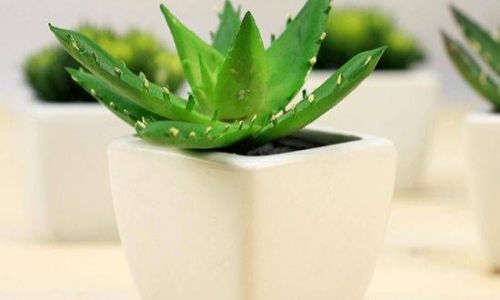
Freezing for Extended Shelf Life
If you anticipate not using the coconut milk within the two-week refrigerated period, freezing is an excellent option. Pour the coconut milk into freezer-safe containers, leaving some headspace to allow for expansion during freezing. Label and date the containers before placing them in the freezer. Frozen coconut milk can be kept for up to six months. When ready to use, thaw it in the refrigerator overnight or place the sealed container in cold water until it reaches the desired consistency.
Monitoring and Usage
Regularly check the stored coconut milk for signs of spoilage, such as off odors, discoloration, or separation. If any of these signs appear, discard the coconut milk immediately. When thawing frozen coconut milk, give it a good stir to reintegrate any separated layers before use.
Preserving Aloe Vera Gel: Keeping the Healing Power Intact
Harvesting the Leaves
To begin preserving aloe vera gel, start by harvesting the leaves from a healthy, mature plant. Choose leaves that are thick and fleshy, preferably from the outer portion of the plant. Use a sharp, clean knife to cut the leaves close to the base, ensuring a clean cut to minimize plant stress. Allow the cut leaves to sit for a few hours to let the sap (latex) drain out, as it can cause stomach discomfort if consumed.
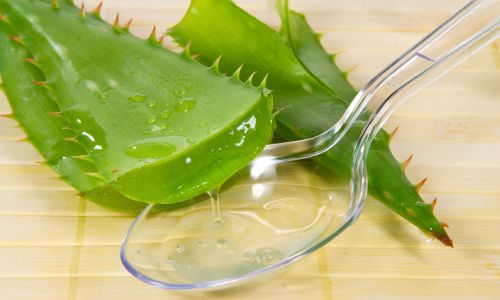
Extracting the Gel
Once the latex has been removed, rinse the leaves thoroughly under running water. Peel away the outer skin using a vegetable peeler or sharp knife, exposing the clear, jelly-like gel. You can scoop out the gel with a spoon or blend the peeled leaves in a blender to obtain a smoother consistency. Strain the blended mixture through a sieve or cheesecloth to remove any fiber or pulp.
Sterilization and Purification
As with coconut milk, sterilize all tools and containers used in the extraction process. While some people prefer to consume aloe vera gel raw, others may opt for additional purification steps to remove potential irritants like aloin, which can cause diarrhea. This can be done by boiling the gel gently for a few minutes or using a commercial aloe vera purification kit.
Storage Considerations
Freshly extracted and purified aloe vera gel should be stored in airtight containers, preferably glass or BPA-free plastic. Label the containers with the date of extraction and store them in the refrigerator. In this environment, aloe vera gel can retain its freshness for about a week.
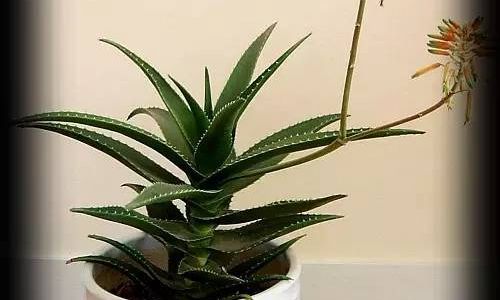
Freezing for Long-Term Preservation
For longer-term storage, freezing is again a viable option. Pour the gel into freezer-safe containers, leaving some headspace, and freeze until solid. Frozen aloe vera gel can be kept for up to six months. When ready to use, thaw it in the refrigerator overnight or place the sealed container in cold water. Stir the thawed gel well before application or consumption.
Monitoring and Usage
Regularly check the stored aloe vera gel for signs of spoilage, such as discoloration, mold, or a strong, unpleasant odor. If any of these signs appear, discard the gel immediately. When using frozen gel, remember that its texture may change slightly upon thawing, but it will still retain its healing properties.
Conclusion
Preserving coconut milk and aloe vera gel doesn’t have to be complicated. By following these simple steps—fresh extraction, sterilization, proper storage, and freezing for long-term preservation—you can ensure that these natural wonders retain their freshness and nutritional benefits. Whether you’re looking to enjoy a refreshing glass of coconut milk or soothe a sunburn with aloe vera gel, knowing how to preserve them effectively will allow you to harness their full potential whenever you need them.
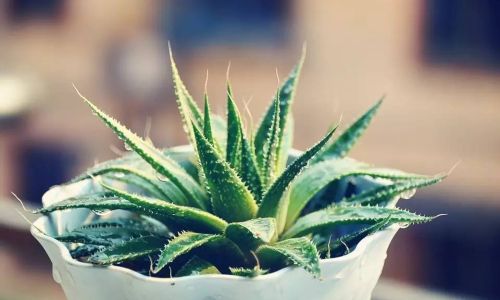
Remember, the key to successful preservation lies in maintaining cleanliness and hygiene throughout the process, as well as regular monitoring of stored products. With these techniques, you can enjoy the myriad benefits of coconut milk and aloe vera without worrying about spoilage or loss of quality. Happy preserving!

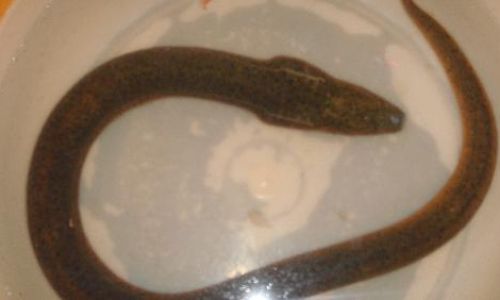

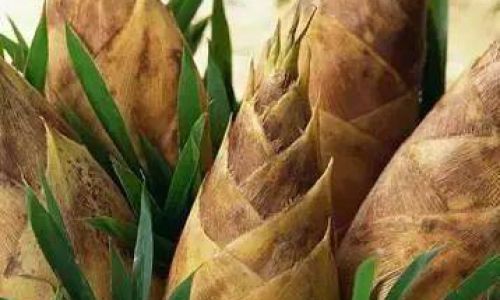
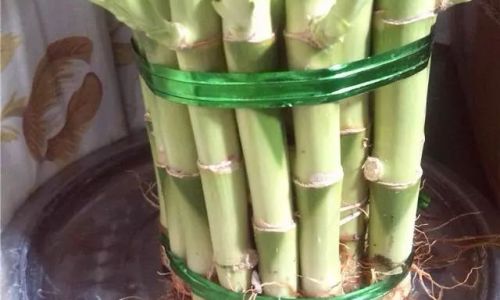
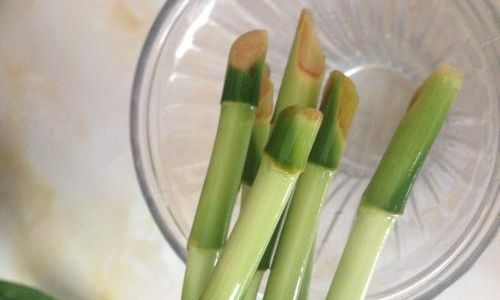
0 comments